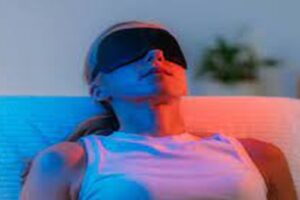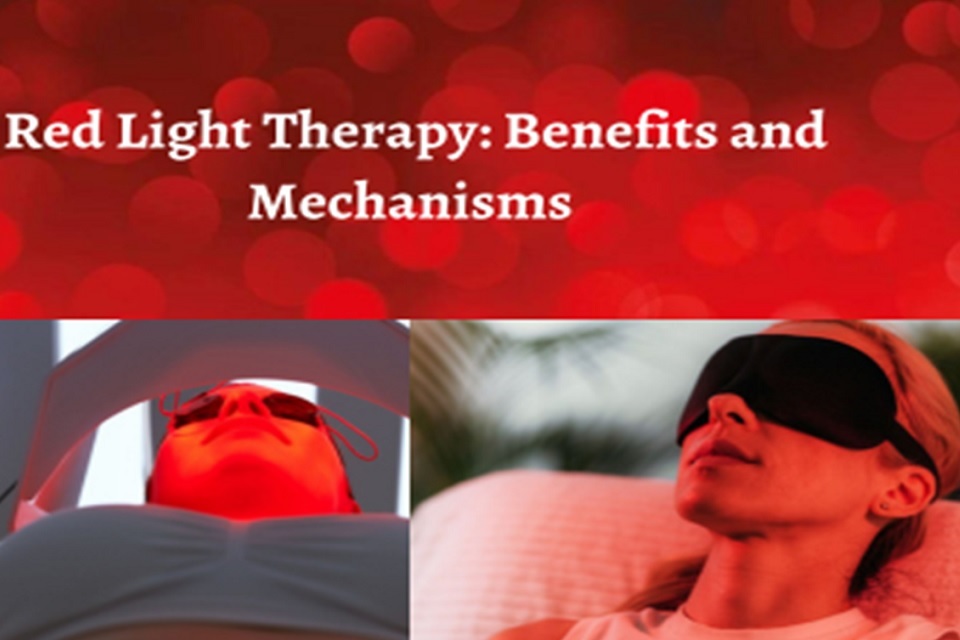In recent years, there has been a growing interest in non-invasive and drug-free therapies for various health concerns. One such therapy gaining popularity is red light therapy (RLT). Also known as low-level laser therapy (LLLT) or photobiomodulation, RLT utilizes specific wavelengths of red light to stimulate cellular function and promote healing. This article aims to provide a comprehensive understanding of red light therapy, including its mechanisms, benefits, and potential applications. Keep scrolling!
Understanding Red Light Therapy
Red light therapy involves exposing the body to low levels of red or near-infrared light, typically through light-emitting diodes (LEDs). These light wavelengths penetrate the skin to reach the underlying tissues and cells, interacting with cellular components such as mitochondria. Mitochondria, often referred to as the “powerhouses” of cells, convert light energy into chemical energy through a process called photobiomodulation. Apply Red Therapy Coupon Code to receive amazing savings on your orders.
Mechanisms Of Action
Red light therapy stimulates a range of biological mechanisms that contribute to its therapeutic effects. One key mechanism is the enhancement of mitochondrial function. Red and near-infrared light stimulate the production of adenosine triphosphate (ATP), the primary energy source for cellular processes. This increase in ATP production supports cellular repair and regeneration, promoting healing and tissue recovery.
Furthermore, red light therapy stimulates the release of nitric oxide (NO) in the body. Nitric oxide helps to dilate blood vessels, improving blood flow and oxygen delivery to tissues. This enhanced circulation can aid in the reduction of inflammation, alleviation of pain, and acceleration of the healing process.
Various Benefits Of Red Light Therapy

- Skin Health: Red light therapy has shown promising results in improving various skin conditions, including acne, psoriasis, and dermatitis. It stimulates collagen production, which enhances skin elasticity, reduces wrinkles, and improves overall skin tone.
- Pain Relief and Inflammation Reduction: RLT has been used to alleviate chronic pain conditions such as arthritis, fibromyalgia, and muscle soreness. By reducing inflammation and promoting tissue repair, it can provide natural pain relief without the need for medication.
- Wound Healing: The ability of red light therapy to enhance cellular function and increase collagen production contributes to faster wound healing. It can be beneficial for both acute injuries and chronic wounds, such as diabetic ulcers.
- Hair Growth: RLT has been studied as a potential treatment for hair loss or thinning. It stimulates hair follicles and improves blood flow to the scalp, promoting hair growth and thickness.
- Mental Well-being: Preliminary research suggests that red light therapy may have positive effects on mental health by reducing symptoms of depression and anxiety. It is believed to stimulate the production of serotonin, a neurotransmitter associated with mood regulation.
Applications Of Red Light Therapy
Red light therapy has a wide range of applications across different fields:
- Sports Medicine and Rehabilitation: RLT is increasingly utilized in sports medicine to enhance recovery, reduce muscle fatigue, and improve athletic performance.
- Dentistry: RLT has shown potential in reducing oral pain, accelerating healing after dental procedures, and treating temporomandibular joint disorder (TMJ).
- Eye Health: Certain red light wavelengths have been investigated for their potential benefits in treating age-related macular degeneration (AMD) and improving overall eye health.
- Chronic Conditions: RLT is being explored as a complementary therapy for chronic conditions like fibromyalgia, chronic fatigue syndrome (CFS), and autoimmune disorders, with preliminary evidence suggesting potential benefits.
Safety Considerations
Red light therapy is generally considered safe when used as directed. However, it is essential to follow the recommended guidelines and avoid excessive exposure to ensure optimal results and minimize any potential side effects. Pregnant women, individuals with sensitive skin, or those taking medications that increase light sensitivity should consult with a healthcare professional before starting RLT.
Conclusion
Red light therapy is a non-invasive and drug-free approach that harnesses the power of specific light wavelengths to stimulate cellular function and promote healing. Its benefits span across various areas, including skin health, pain relief, wound healing, hair growth, and mental well-being. With ongoing research and advancements in technology, red light therapy holds great promise as a safe and effective therapeutic modality for a wide range of applications.


